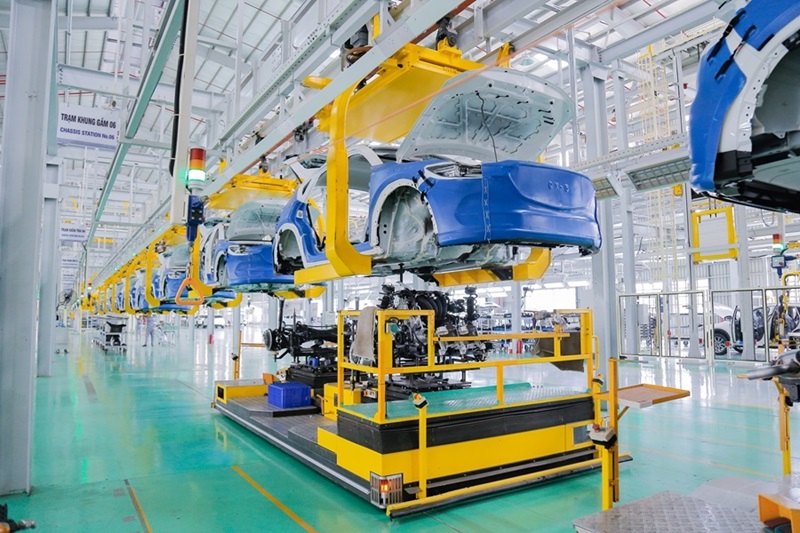Improving labor productivity to create motivation for economic development
Increasing labor productivity is a "vital" issue for developing countries, including Vietnam. Increasing labor productivity helps promote economic growth and thereby creates motivation for economic development.

Increasing labor productivity helps businesses generate greater profits and more investment opportunities to expand production. Illustration
In the context of international integration, increasing labor productivity is a "vital" issue for developing countries, including Vietnam. Increasing labor productivity helps promote economic growth and thereby creates motivation for economic development.
Specifically, an economy with high labor productivity means that the economy can produce more goods or services with the same amount of raw materials/inputs, or produce a greater quantity of goods or equivalent service with less raw materials/inputs. Thence, people's lives have been improved, contributing to promoting and developing society.
For businesses, increasing labor productivity creates greater profits and more investment opportunities to expand production. For workers, increased productivity leads to higher wages and better working conditions. In the long term, increasing labor productivity is important for creating jobs for workers.
For the Government, increasing labor productivity helps increase tax revenue, creating conditions to increase accumulation, expand production development and improve people's welfare. On the contrary, economic growth and development will also create factors to promote increased labor productivity. That is, reallocating resources, shifting economic structure, focusing on industries with higher productivity, innovating technology, machinery and equipment, from which the average labor productivity will increase higher, growing faster.
Improving labor productivity means improving growth quality, which means fast and sustainable development, escaping the middle income trap and catching up with countries in the region.